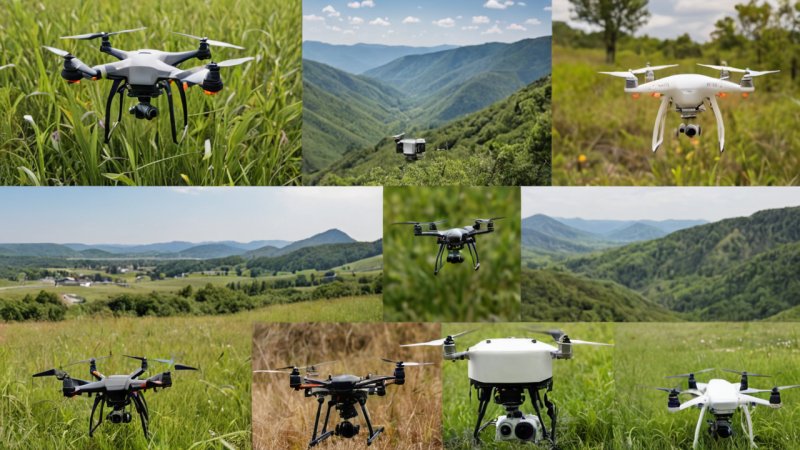In today's fast-paced world, technology plays a crucial role in addressing environmental challenges. The benefits of using tech for environmental monitoring are manifold, allowing us to gather data, analyze trends, and make informed decisions. Whether it's tracking air quality, monitoring wildlife, or assessing water quality, technological advancements offer practical solutions to enhance our understanding of the environment.
One of the most significant advantages of environmental monitoring technology is its ability to provide real-time data. Devices such as air quality sensors and moisture meters can continuously collect information, giving us insights into pollution levels, soil health, and weather conditions. This data is vital for researchers and policymakers, enabling them to identify patterns and respond promptly to environmental issues.
Another benefit is the accessibility of information. With the rise of mobile apps and online platforms, individuals can easily access environmental data in their local areas. For instance, apps that track air quality can inform urban dwellers about pollution levels, helping them make better decisions regarding outdoor activities. Furthermore, community-driven environmental monitoring initiatives empower citizens to participate actively in protecting their surroundings.
Technology also fosters collaboration among scientists, environmentalists, and the public. Platforms that aggregate data from various sources, such as citizen science projects, allow researchers to harness the power of crowdsourcing. This collaborative approach not only accelerates research but also raises awareness about environmental issues, encouraging collective action.
Moreover, the integration of artificial intelligence (AI) and machine learning into environmental monitoring can dramatically enhance predictive capabilities. These technologies can analyze vast amounts of data quickly, identifying potential environmental threats before they escalate. For example, AI algorithms can predict water contamination events based on historical data, enabling preventive measures to be taken promptly.
Wearable technology is another exciting development in environmental monitoring. Devices like smartwatches equipped with environmental sensors can track personal exposure to pollutants, providing insights into how our daily activities impact our health. This data can help users adjust their routines to minimize exposure to harmful substances.
In addition to personal health, monitoring tools can support broader ecological conservation efforts. Drones equipped with cameras and sensors are increasingly being used to survey wildlife habitats and gather ecological data. This technology allows for non-intrusive monitoring of endangered species and their ecosystems, facilitating more effective conservation strategies.
In conclusion, the benefits of using technology for environmental monitoring are clear. Real-time data collection, accessibility of information, collaborative efforts, predictive analytics, and wearable tech all contribute to a better understanding of our environment. By leveraging these advancements, we can enhance our awareness and take proactive steps toward protecting our planet for future generations.






